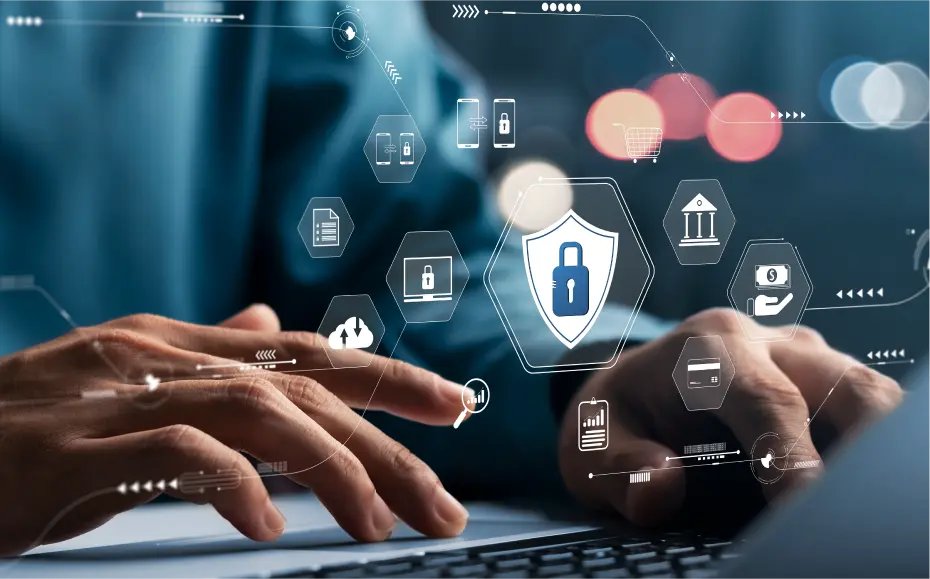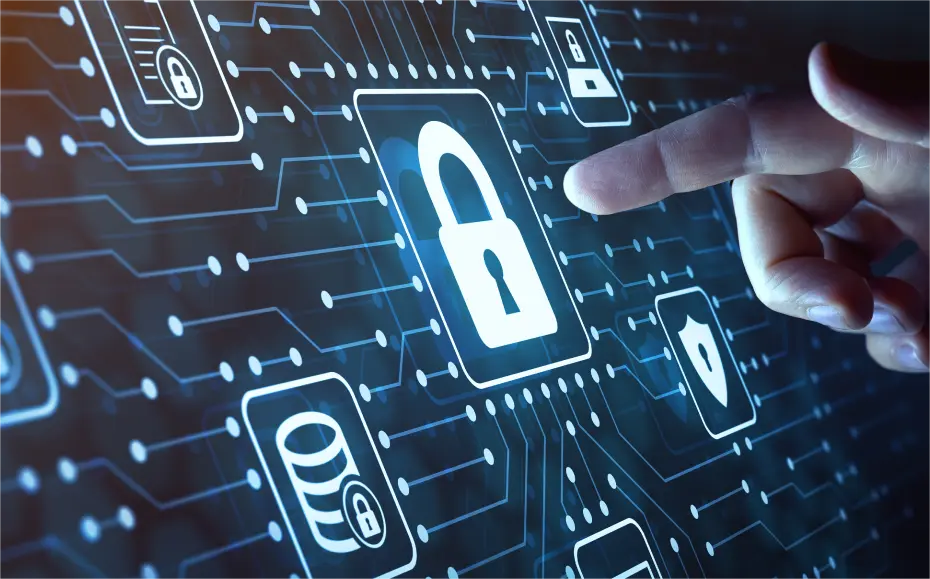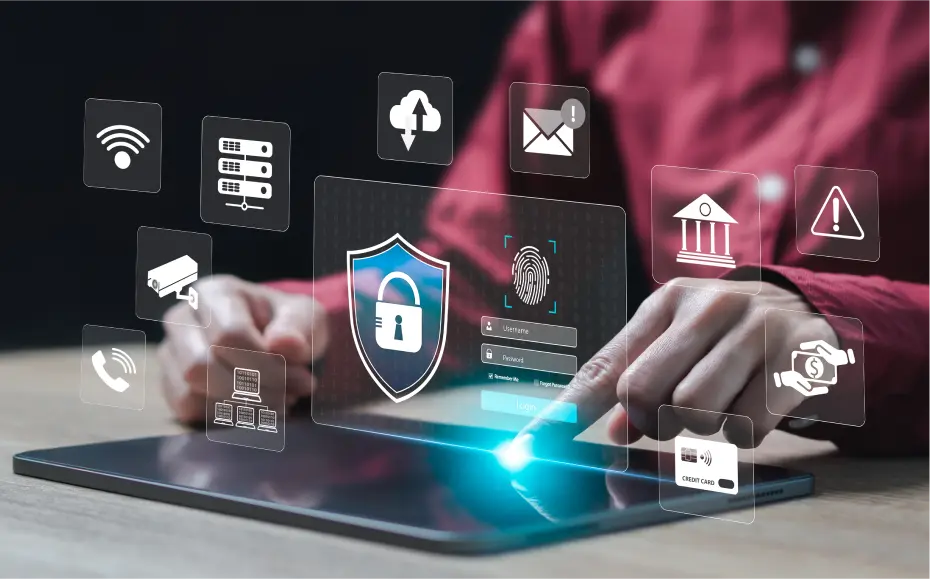Data Privacy: The Key to Aligning AI Innovation and Cybersecurity

The cybersecurity landscape is rapidly evolving due to increasing cyber threats, cloud adoption, and growing regulatory compliance demands. Organizations face rising risks from ransomware, phishing, and supply chain attacks, driving the adoption of key trends like AI-driven threat detection, zero-trust architecture, and secure software development practices.
Our service revolves around three core pillars:

IT Security Governance:
Safeguards assets, ensures business continuity, and manages risks to build stakeholder trust

Application Security:
Protects applications throughout their lifecycle, fostering a trustworthy environment

Infrastructure Security:
Defends digital boundaries from unauthorized access, ensuring consistent data and system integrity

Key Features




Key Benefits

Comprehensive Protection
Integrates governance, application, and infrastructure security to meet business goals

Proactive and Scalable Defense
Leverages AI-driven tools and monitoring to adapt to evolving threats

Expert Support and Compliance
Accesses guidance, including a virtual Chief Information Security Officer (vCISO) to align with industry standards

Security and Resilience
Reduces vulnerabilities, protects critical assets and sensitive data, and sustains operations

Cost-Efficiency
Minimizes breach-related costs through proactive measures while optimizing resources
Why choose LPS?

End-to-End Cybersecurity Ecosystem
Delivers comprehensive solutions with proprietary tools, services, training, and R&D

Global Compliance
Adheres to PCI DSS, Chinese cybersecurity laws, and global regulations

Proven Expertise
Backed by a team with extensive expertise in managing complex cyber threats

Seamless Integration
Bridges Western and Eastern technologies for flexibility

Scalable Solutions
Tailored for all sizes of enterprises, adapting to diverse industry needs
Project Approach

1 Consult and Design
Define the architecture, components, modules, interfaces, and data for security solutions

2 Implementation
Set up hardware and software, configure security policies, and integrate components

3 Maintenance and Continuous Monitoring
Update security solutions and uses SIEM to detect and respond to threats in real time
Use Cases

Public Sector:
SIEM detects insider threats for government networks, EDR safeguards devices from ransomware, ensuring service continuity

Financial Services:
IAM secures access to banking systems with Single Sign-On (SSO) and MFA, while PAM restricts changes to financial records and systems

Retail:
IDS/IPS detects and blocks point-of-sale (POS) system attacks, while DLP prevents customer data exposure

Manufacturing:
EDR safeguards workstations from ransomware and spyware, enabling swift threat response and preventing disruption

Our Strategic Partners
Enpowering Success Through collaboration



Integrated with Leading Technologies













Empowering Insights


Psychology Meets AI: The New Frontier of Social Engineering Cyberattacks

The Future of Cybersecurity for Critical Infrastructure Operators
FAQ
How long does it take to implement the solution?
Can the solution scale with my organization’s growth?
How do you ensure compliance with regulations?
How does EDR differ from traditional antivirus?
Do these solutions support cloud environments?
Do these solutions require a dedicated security team?
Can SIEM, EDR, and NDR work together?
DOWNLOAD








